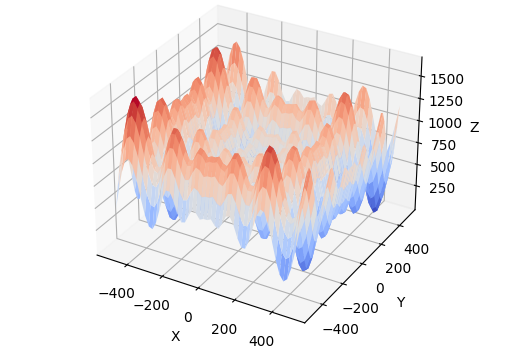We introduce Q-Nash, a quantum annealing algorithm for the NP-complete problem of finding pure Nash equilibria in graphical games. The algorithm consists of two phases. The first phase determines all combinations of best response strategies for each player using classical computation. The second phase finds pure Nash equilibria using a quantum annealing device by mapping the computed combinations to a quadratic unconstrained binary optimization formulation based on the Set Cover problem. We empirically evaluate Q-Nash on D-Wave’s Quantum Annealer 2000Q using different graphical game topologies. The results with respect to solution quality and computing time are compared to a Brute Force algorithm and the Iterated Best Response heuristic.
@inproceedings{ rochICCS20,
author = "Christoph Roch and Thomy Phan and Sebastian Feld and Robert Müller and Thomas Gabor and Carsten Hahn and Claudia Linnhoff-Popien",
title = "A Quantum Annealing Algorithm for Finding Pure Nash Equilibria in Graphical Games",
year = "2020",
abstract = "We introduce Q-Nash, a quantum annealing algorithm for the NP-complete problem of finding pure Nash equilibria in graphical games. The algorithm consists of two phases. The first phase determines all combinations of best response strategies for each player using classical computation. The second phase finds pure Nash equilibria using a quantum annealing device by mapping the computed combinations to a quadratic unconstrained binary optimization formulation based on the Set Cover problem. We empirically evaluate Q-Nash on D-Wave’s Quantum Annealer 2000Q using different graphical game topologies. The results with respect to solution quality and computing time are compared to a Brute Force algorithm and the Iterated Best Response heuristic.",
url = "https://link.springer.com/chapter/10.1007/978-3-030-50433-5_38",
eprint = "https://arxiv.org/pdf/1903.06454.pdf",
publisher = "Springer",
booktitle = "International Conference on Computational Science",
pages = "488--501",
doi = "https://doi.org/10.1007/978-3-030-50433-5_38"
}
Related Articles
Relevant Research Areas

